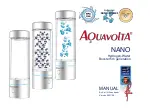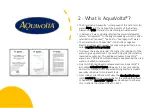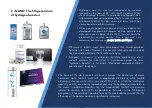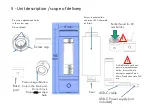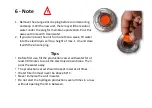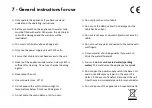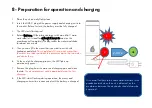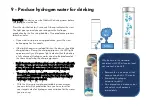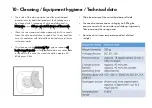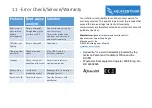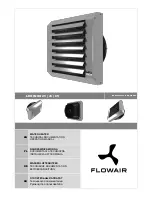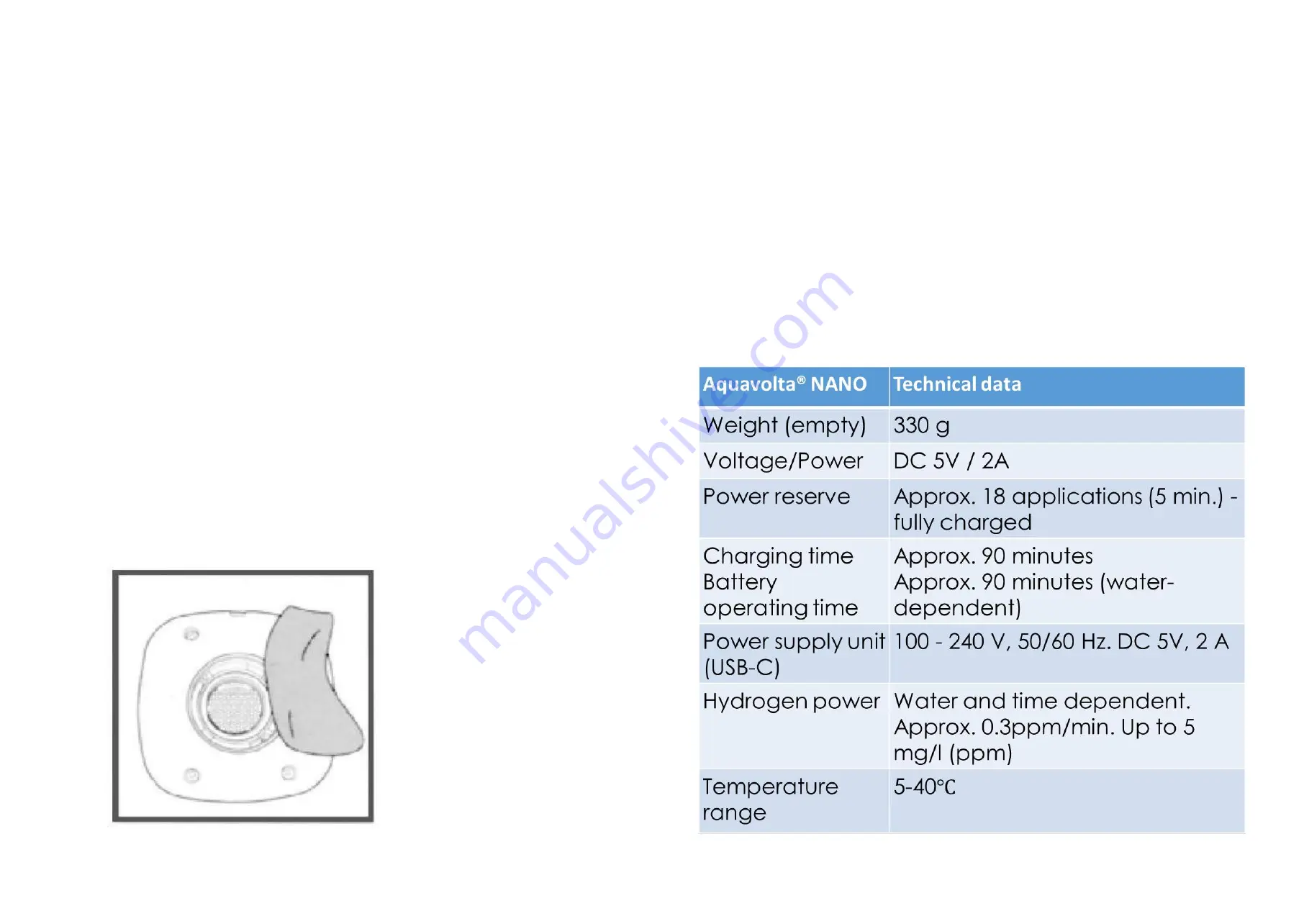
10 - Cleaning / Equipment hygiene / Technical data
•
The inside of the glass container and the grid-shaped
round minus electrode that produces the hydrogen must
be cleaned with 1 teaspoon of citric acid dissolved in
lukewarm
water if there are visible traces of limescale.
•
Close the screw cap and shake vigorously for 30 seconds.
Leave the citric acid solution to soak in for 1 hour and then
rinse the container with lid and the electrode several times
with warm water.
•
This cleaning is also necessary for hygienic reasons at
least every 2 weeks
or if unpleasant odors are noticeable
in the unit. In this case, the water should be approx. 50 -
60 degrees C hot.
•
Wipe the exterior of the unit with a damp soft cloth.
•
You can also remove coarse soiling by half-filling the
pressure vessel with warm water and shaking it vigorously.
Then pour away the rinsing water.
•
Store the unit at room temperature and out of direct
sunlight.
Summary of Contents for AquaVolta NANO
Page 12: ......

